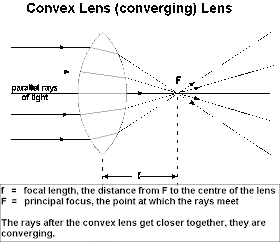Soaps are sodium or potassium salts of fatty acids. Soaps are prepared by hydrolyzing fats or oils under alkaline condition. This reaction is called saponification.
·
The fats or oils are hydrolysed first to form
glycerol and fatty acids. The acids then react with an alkali to form the
corresponding sodium or potassium salts.
·
The soap formed can be precipitated by adding
sodium chloride. This is because sodium chloride lowers the solubility of soap
in water.
·
The glycerol and excess sodium hydroxide
solution are removed by rinsing the soap formed with water.
·
Soaps feel slippery and form lather when they
are shaken with water.





































.jpg)












